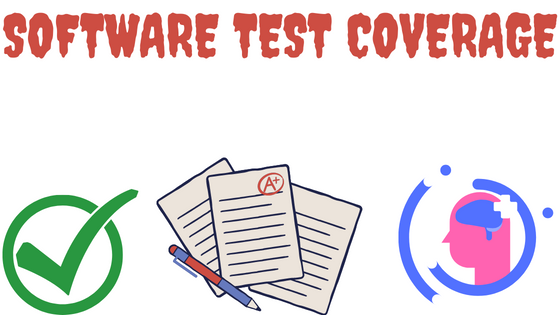Table of Contents
Essentials of Software QA
Definition and Importance
Essentials of Software QA outlines that Quality Assurance in software is a structured and systematic process aimed at guaranteeing the highest level of quality for its users.
This comprehensive approach encompasses the entire software development lifecycle, focusing on continuous monitoring and enhancement of the process.
It emphasizes adherence to predefined standards and procedures, along with proactive identification and resolution of issues, to ensure the delivery of superior-quality products.
The Evolution of QA in Software Development
The practice of QA has evolved significantly with the advancement of technology. From manual testing in the early days to adopting automated testing tools and methodologies like Agile and DevOps, the field has seen a substantial transformation, aiming at more efficient and effective quality assurance processes.

The QA Process: A Step-by-Step Guide
Planning and Design
The first step involves defining the standards and procedures. Planning how the QA process will be integrated into the development lifecycle is crucial for its success.
Implementation
This phase focuses on setting up the QA environment, tools, and team. It’s where the planned procedures and standards are put into practice.
Execution
The execution phase is where the actual testing takes place, identifying bugs, and issues in the product. It involves the rigorous application of the defined QA procedures.
Evaluation
After testing, the results are evaluated to determine the quality of the software. This phase helps in identifying areas of improvement for future projects.
Maintenance
QA is an ongoing process. The maintenance phase involves regular updates and tests to ensure the software continues to meet quality standards post-launch.
Types of Software Testing
Manual Testing
Manual testing involves human testers playing the role of end-users to find defects without the use of automation tools.
Automated Testing
Automated testing uses specialized tools to execute pre-scripted tests on the software before it is released into production, increasing efficiency and coverage.
Best Practices in Software QA
Continuous Integration and Testing
Integrating QA into the continuous integration pipeline ensures that testing is an integral part of the development process, allowing for early detection of issues.
Test-Driven Development (TDD)
TDD involves writing tests before writing the code itself. It ensures that the software is being developed according to the specified requirements from the beginning.
Behavioral-Driven Development (BDD)
BDD extends TDD by writing test cases in natural language that non-technical stakeholders can understand, fostering better communication and collaboration.
Tools and Technologies in QA
Popular QA Tools: Tools like Selenium, which enables automated web testing, JIRA for tracking issues and bugs, and Jenkins for continuous integration, play a significant role in the QA process.
These tools help automate repetitive tasks, track the progress of testing, and ensure that builds are automatically tested every time they are deployed, enhancing the efficiency and effectiveness of the QA process.
Choosing the Right Tools for Your Project: The selection of QA tools depends heavily on the project’s specific needs, the technical stack involved, and the skills of the QA and development teams.
It’s essential to evaluate the compatibility of tools with your project requirements and the ability of your team to leverage these tools effectively.
The Future of Software QA
AI and Machine Learning in QA: Artificial Intelligence (AI) and Machine Learning (ML) are revolutionizing the QA domain by providing advanced capabilities to predict defects, automate complex testing scenarios, and analyze the vast amount of data generated during the testing process.
These technologies enable QA teams to identify patterns that human testers might miss, making the testing process faster and more efficient.
The Role of QA in Agile and DevOps: In Agile and DevOps environments, QA is not a phase that happens after development; instead, it’s an integral part of the continuous delivery pipeline.
This integration ensures that testing happens continuously, with QA specialists working closely with developers and operations teams.
The focus is on automating the testing process as much as possible to keep up with the pace of development and deployment, emphasizing the need for continuous quality improvement.
Conclusion
The field of Software QA is dynamic, with new practices, tools, and technologies continuously emerging to address the challenges of software development.
Understanding the basics of QA, the process, the types of testing, and best practices is crucial for anyone looking to ensure the quality and reliability of software products.
As we look to the future, the integration of AI and machine learning, along with the adoption of Agile and DevOps practices, will further transform the QA landscape, making it more efficient and integral to the development process.
Quality Assurance is more than just finding bugs or defects before customers do; it’s about ensuring a seamless, high-quality experience for the end-user, regardless of the complexities involved in the development process.
By embracing the latest in QA methodologies and technologies, organizations can not only improve the quality of their products but also their competitiveness in the market.
Remember, in the world of software development, quality is not an afterthought; it’s a fundamental aspect that begins on day one.
With the right approach to QA, teams can build products that not only meet but exceed user expectations, paving the way for success in today’s fast-paced digital landscape.



